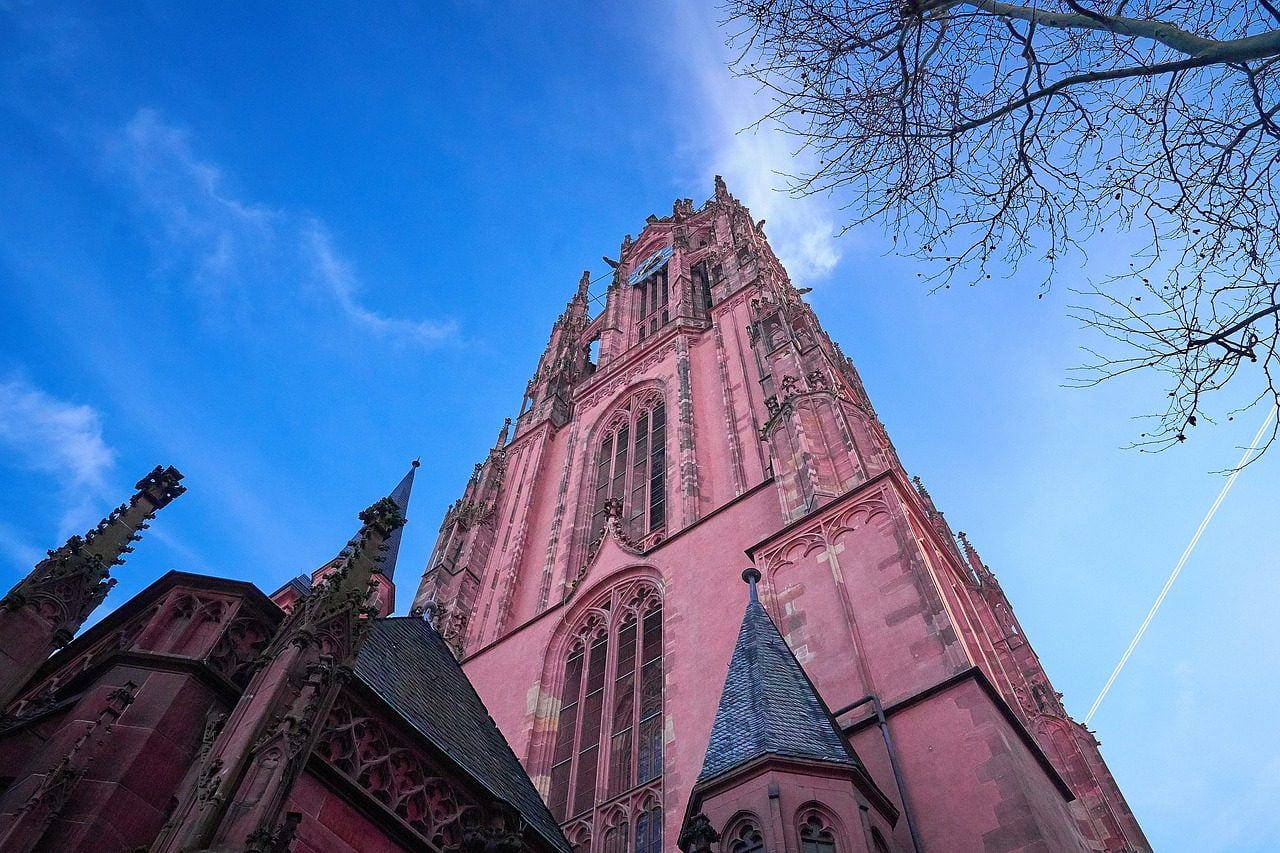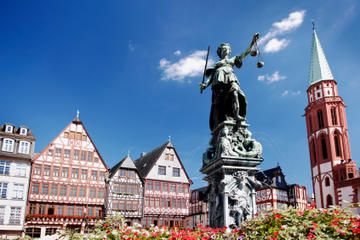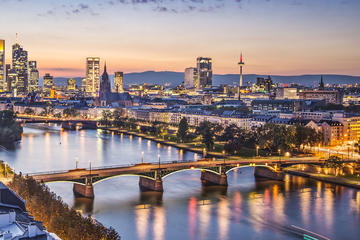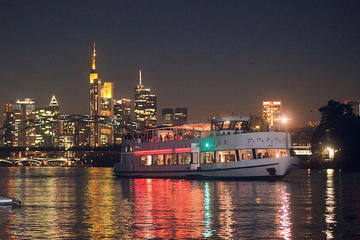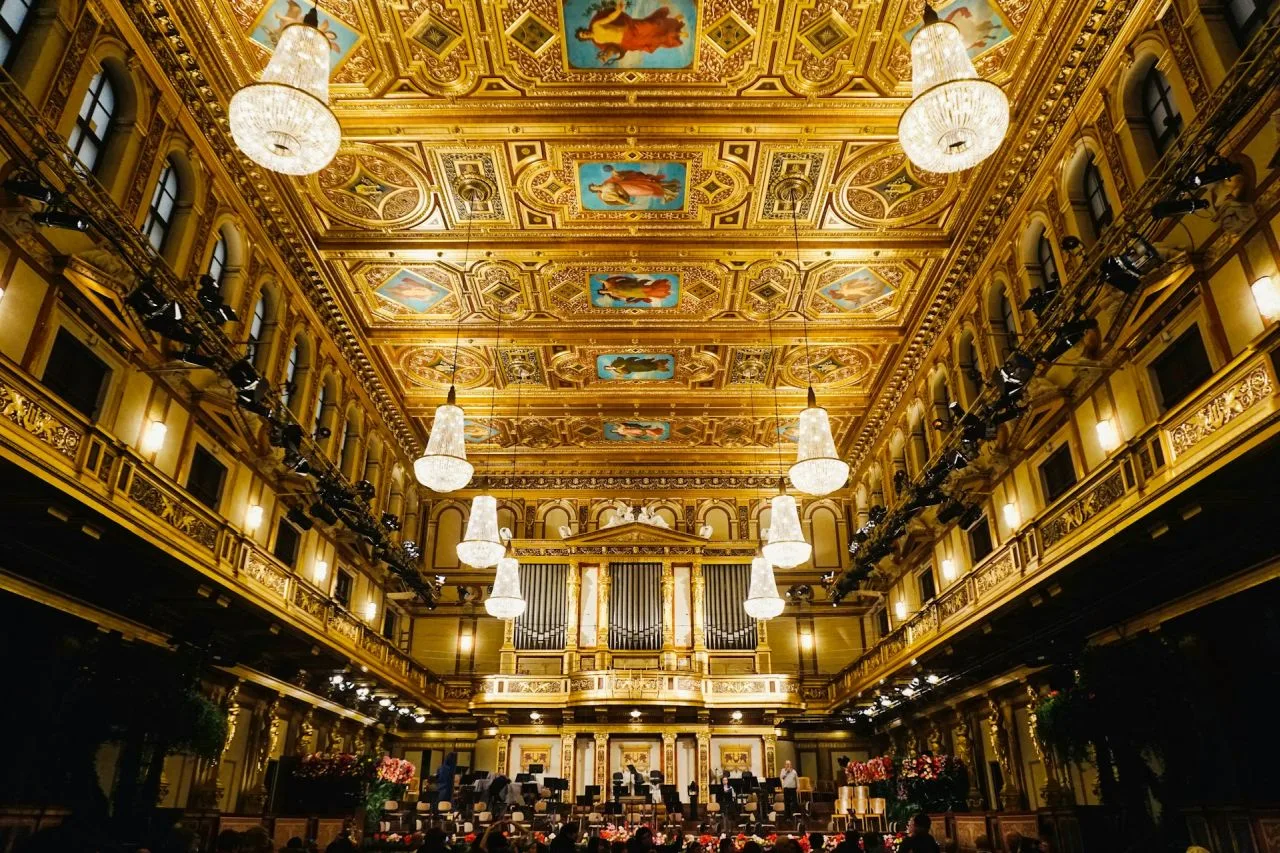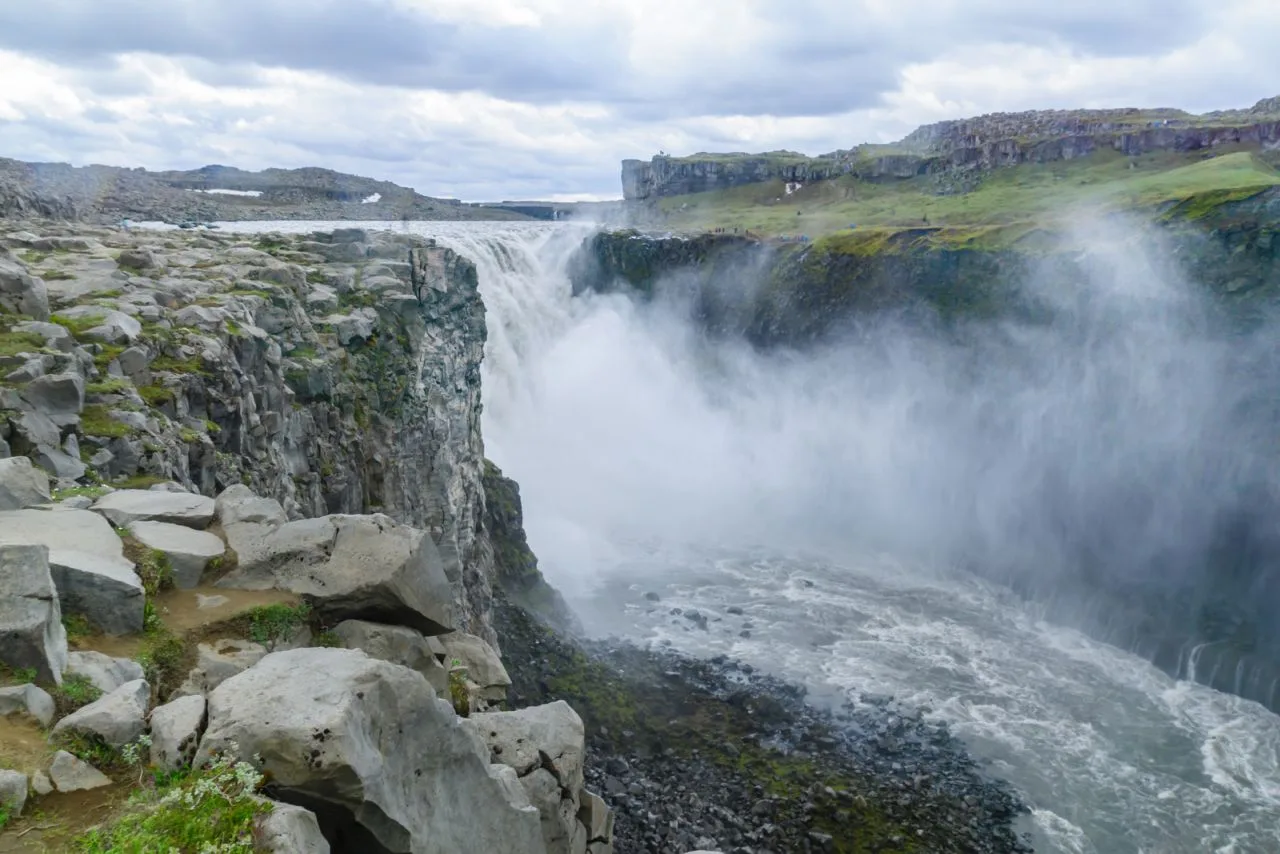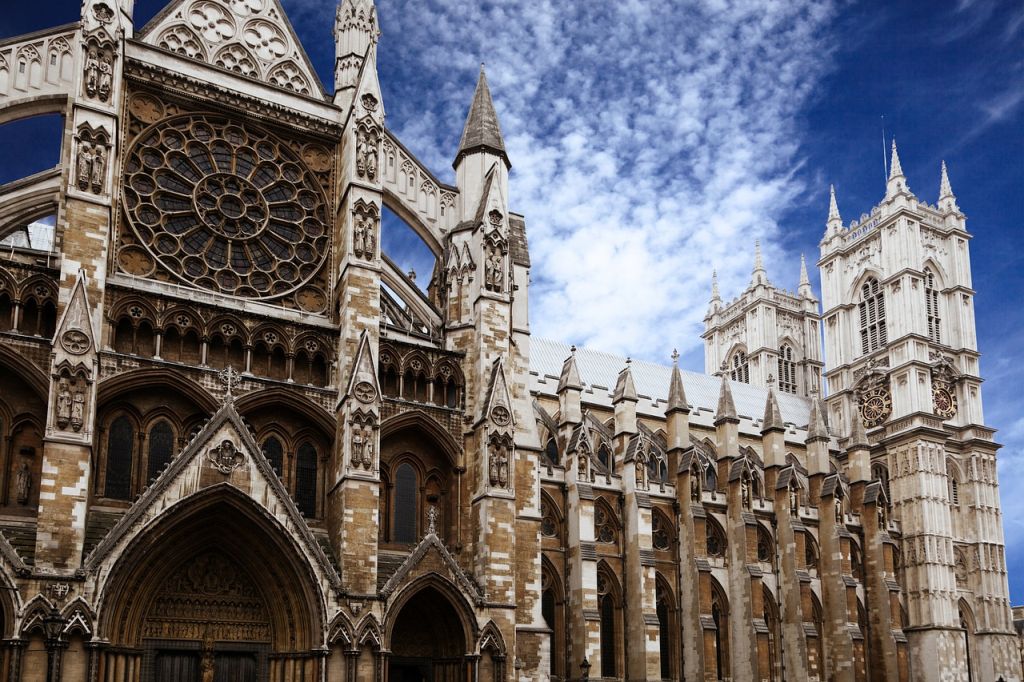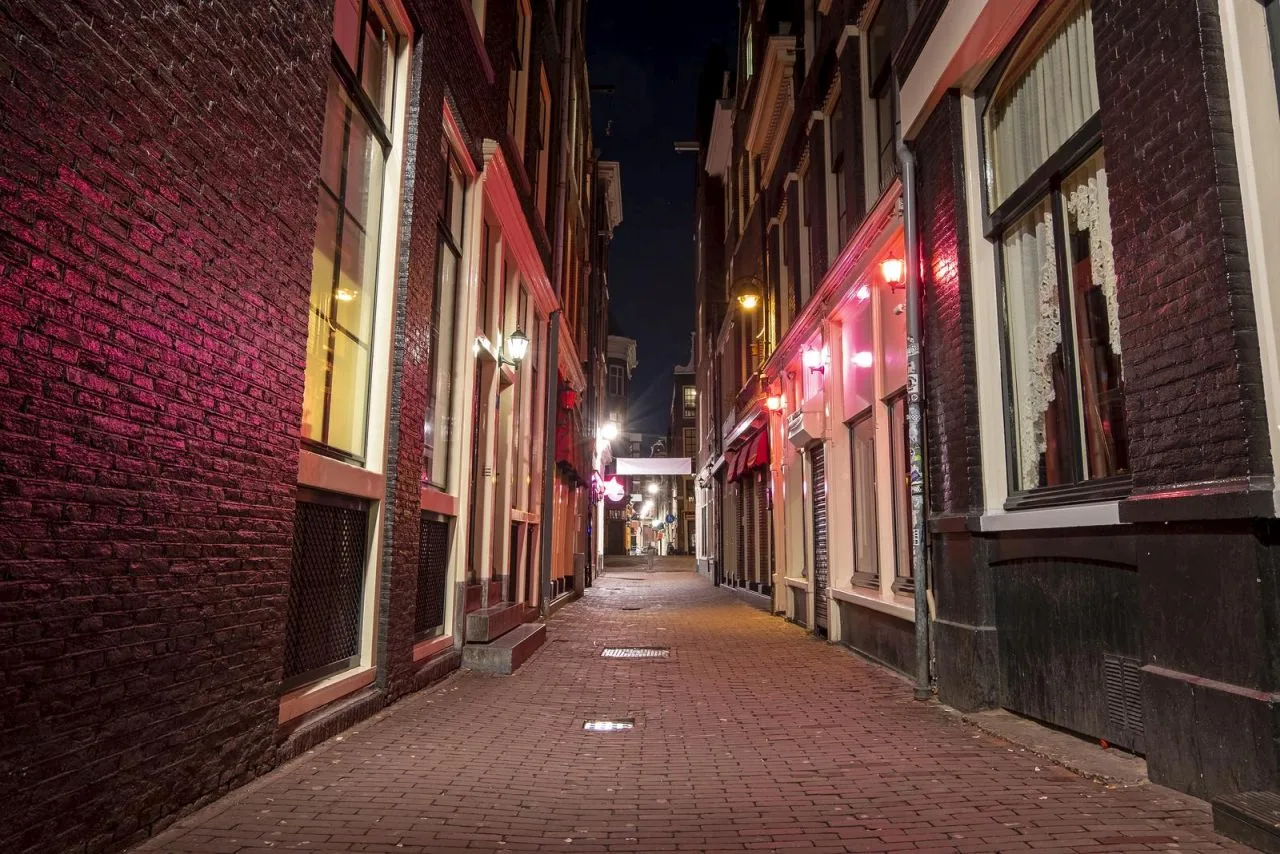Frankfurt Cathedral
Address
Domplatz 1 in 60311 Frankfurt am Main
GPS
50.11066655, 8.6853435711214
Frankfurt Cathedral, strictly speaking, is not at all a cathedral, as it was never a church of a bishop. Nevertheless, it is one of the few to earn the label “Imperial Cathedral” (Kaiserdom) is the Gothic St. Bartholomew’s Cathedral, which is its real name. From 1356 onwards, kings were elected here according to the Golden Bull of Charles the Fourth. Ten monarchs were crowned emperor here, opposite the coronation altar between 1562 and 1792.
The current church is considered to be the fifth building at this site. It was heavily damaged during WWII. The repair of the damage caused by the war started in 1948 and gave the cathedral its present appearance.
The tower can be scaled from April to October only. Visitors ascending the 324 stairs will be amazed by a spectacular panoramic view of the city.
Quick facts
- Name: Frankfurt Cathedral
- Location: Frankfurt, Germany
- Type of attraction: Cathedral
- Built: 14th century
- Ticket price: Free
LOCATION
The address of the cathedral is:
Domplatz 1 in 60311 Frankfurt am Main:
OPENING TIMES
Opening times of the cathedral: Monday to Sunday, 8:00 am to 8:00 pm
Public cathedral tour: Friday, Saturday, and Sunday, 3 p.m.
Public tours in St. Leonhard: Sundays, 2 p.m.
Opening times St. Leonhard: Monday to Thursday, 3 p.m. – 7 p.m., and Saturday and Sunday, 11 a.m. – 6 p.m.
HISTORY
Located in the heart of Frankfurt am Main, Germany’s Imperial Cathedral, also known as St. Bartholomew’s Cathedral, is one of Europe’s most important historical sites. It is based on the remains of a small Merovingian chapel that must have been constructed prior to 680, emerging from the church in the Carolingian imperial palace.
Excavation results from 1992–1994 show that this chapel was the final resting place of an aristocratic girl. A sandstone slab rests at the cathedral’s west entrance as a memorial to his death.
While it never served as a bishop’s church, the cathedral in medieval times served as the imperial cathedral monastery of St. Bartholomew, the seat of German kings’ elections since 1356, and the site of Roman emperors’ coronations since 1562.
Bartholomeus’ skull relic was given to the church in 1200, and it is still used on Sundays, public holidays, and on the feast day of the saint (24th).
It was here that the German kings were elected, and now it serves as a place for quiet prayer.
When the cathedral was completed in 1550, it had its current external dimensions. After a period of reconstruction following the 1867 cathedral fire, as well as post-World War II damage restoration, it was given its current appearance.
Late Gothic altars and tombs can be found in the cathedral’s interior. The tomb of Günther XXI. von Schwarzburg, who was laid to rest in Frankfurt in 1349, is one of the most significant in the cathedral.
Furthermore, the tombs of Ludwig and Hert von Holzhausen, Johannes von Holzhausen and his wife Gudela Goldstein, and finally Rudolf von Sachenshausen are all important to the city’s history. At the end of the 14th century, all of these tombs were built.
Archbishop Ernst Franz August Munzenberger (1833–1890), a neo-Gothic fanatic, purchased and rebuilt the cathedral’s wooden altars after the cathedral’s fire in 1867 from Germany, Austria, and Switzerland.
Among the images of the cathedral, Antonius van Dyck’s 1627 work “Lamentation of Christ” stands out. A step-brother of Clemens Brentano, Bettina von Armin, and Johanna Antonie von Birkenstock bequeathed it to the cathedral in 1852, where it has remained ever since. A significant work for the Frankfurt Cathedral is Emil Schumacher’s 1973 painting “Job.”
The cathedral’s appearance and furnishings were significantly altered as a result of reconstruction and design measures implemented following the 1867 fire and the World War II devastation. In 1992/94, the cathedral’s interior was painted red, which is still visible today.
The windows in the cathedral were designed in the 1950s. Since its inception in this period, the cathedral’s massive organ has grown steadily, culminating in an extensive renovation in the 1990s.
During Roman Catholic services on Sundays and feast days, the cathedral shows off its full splendor. It’s then that the organ blares, the worshipers chant, and incense fills the air, creating a mystical atmosphere in the cathedral.
The parish church of the Catholic parish of St. Bartholomew’s Cathedral is the St. Bartholomew’s Cathedral.
HOW TO GET TO FRANKFURT CATHEDRAL
The cathedral is within walking distance from the famous Römer, but you can reach it by metro via Dom/Römer station.
The tower can be scaled from April to October only. Visitors ascending the 324 stairs will be amazed by a spectacular panoramic view of the city.
Interesting facts about Frankfurt Cathedral
Here are some interesting facts about this impressive landmark:
- Frankfurt Cathedral is the largest religious building in Frankfurt.
- St. Bartholomew’s was seen as symbol for national unity in Germany, especially during the 19th century.
- Cathedral Museum holds outstanding exhibits of the articles found during restoration work 1991-94, in the grave of two children dating from about 700.

